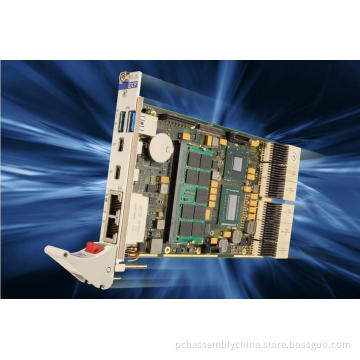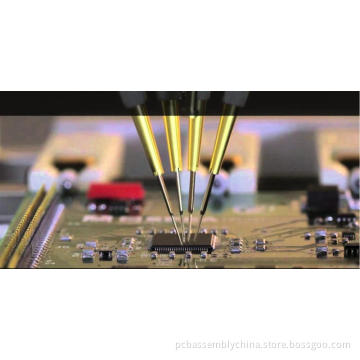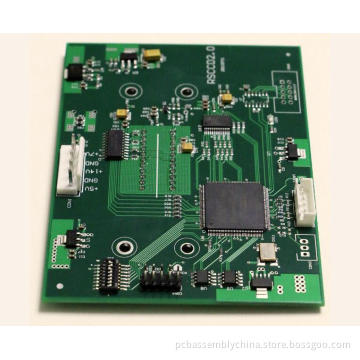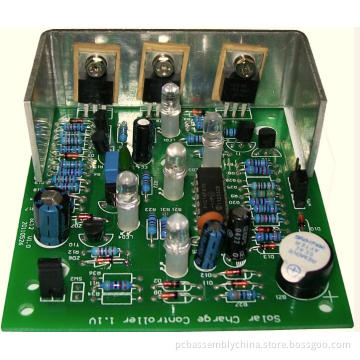
Liquid-Cooled Boards Rack Electronic Assembly
- Payment Type:
- L/C
- Incoterm:
- FOB
- Transportation:
- Ocean
Your message must be between 20 to 2000 characters
Contact Now| Payment Type: | L/C |
|---|---|
| Incoterm: | FOB |
| Transportation: | Ocean |
Industry industrial electronics Liquid-cooled boards and rack for a large electron microscope pcba motherboards assembly electronics contract manufacturing services OEM CEM EMS experience company-China Shenzhen Topscom
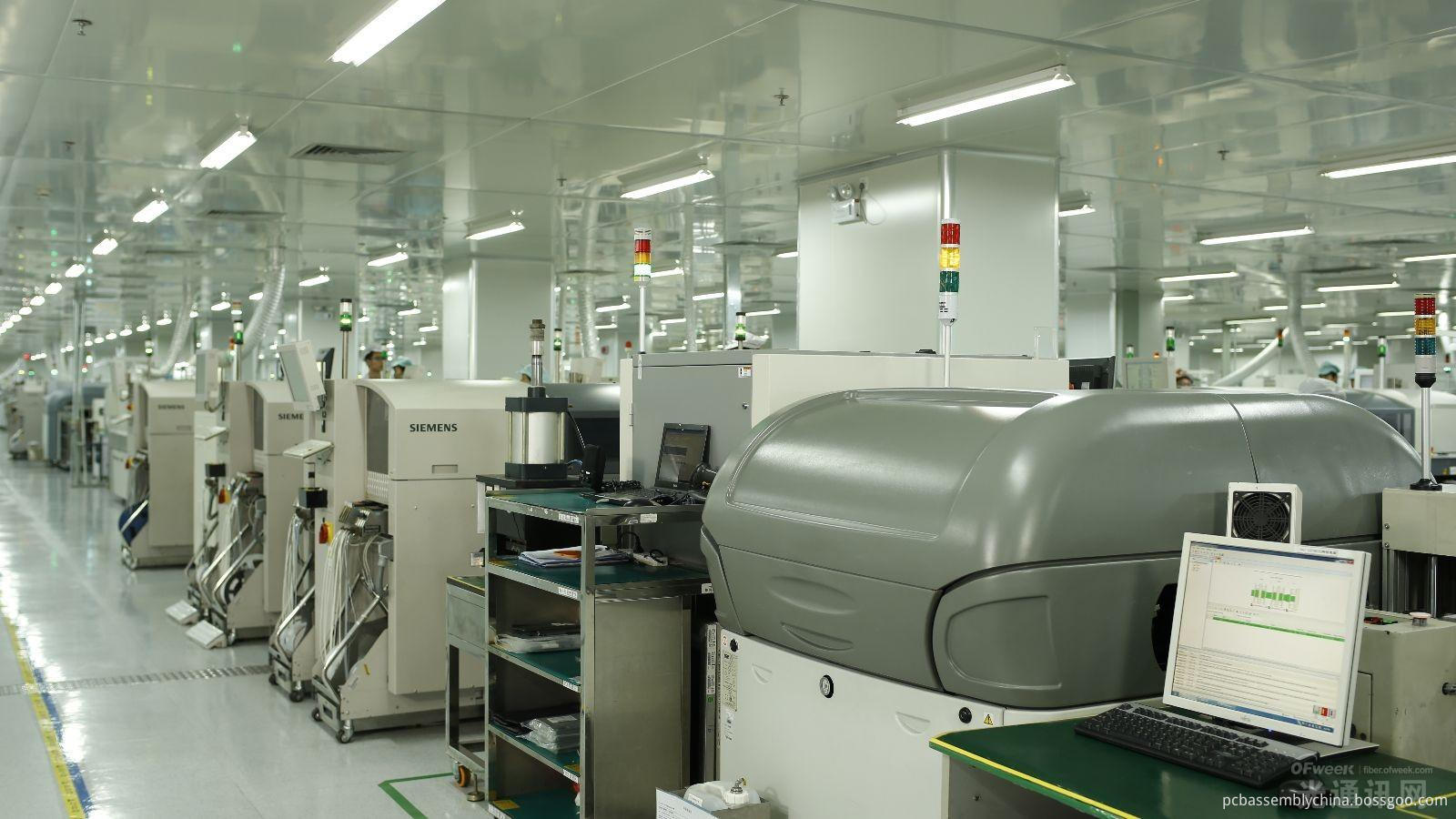
industrial electronics Liquid-cooled boards Electronics OEM EMS CEM Contract Manufacturing PCBA Assembly Services:
An uncommon practice is to submerge the computer's components in a thermally, but not electrically, conductive liquid. Although rarely used for the cooling of personal computers,[8] liquid submersion is a routine method of cooling large power distribution components such as transformers. It is also becoming popular with data centers. Personal computers cooled in this manner may not require either fans or pumps, and may be cooled exclusively by passive heat exchange between the computer hardware and the plastic box it is placed in. A heat exchanger (i.e. heater core or radiator) might still be needed though, and the piping also needs to be placed correctly. Extreme component density supercomputers such as the Cray-2 and Cray T90 used additional large liquid-to-chilled liquid heat exchangers for heat removal.
The liquid used must have sufficiently low electrical conductivity not to interfere with the normal operation of the computer. If the liquid is somewhat electrically conductive, it may be necessary to insulate certain parts of components susceptible to electromagnetic interference, such as the CPU. For these reasons, it is preferred that the liquid be dielectric.
A wide variety of liquids exist for this purpose, the most suitable being transformer oils and other specialty electrical cooling oils such as 3M Fluorinert. Non-purpose oils, including cooking, motor and silicone oils, have been successfully used for cooling personal computers.
Evaporation can pose a problem, and the liquid may require either to be regularly refilled or sealed inside the computer's enclosure. According to one company that builds and sells mineral oil submersion kits, they initially found that oil would be lost through a wicking effect up cables that were submerged in the oil. This is no longer the case, as they modified the kit.
Related Keywords



